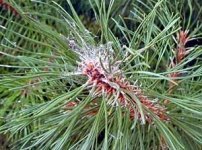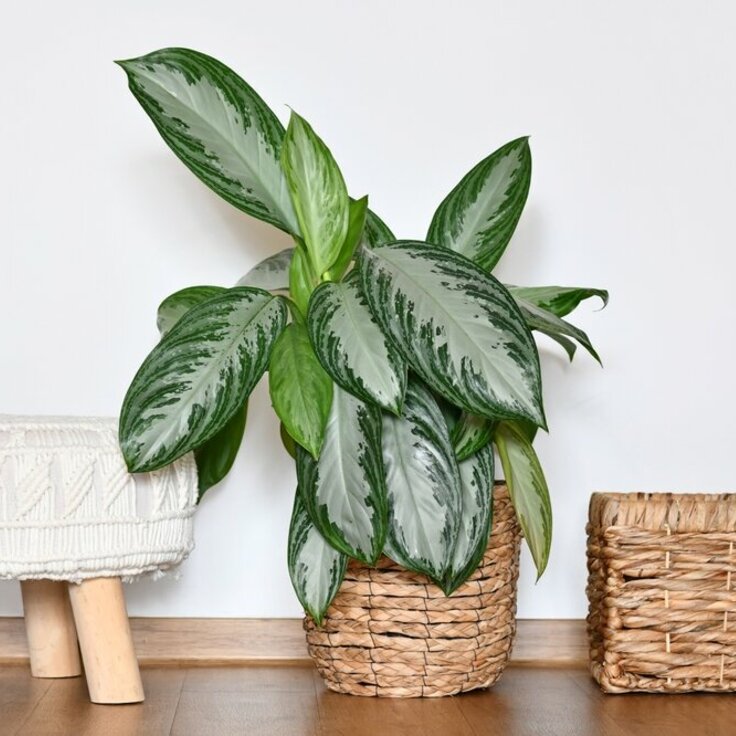Grow Calamondin Orange for Winter Sunshine
The little trees had been unloaded from the delivery truck and were informally grouped on the greenhouse floor, but their glossy foliage and dazzling display of orange fruit made them stand out. These were calamondin orange trees, about 2 feet tall and covered with what look like miniature oranges -- small, round citrus fruits that start out deep green and ripen to bright orange. Some also were simultaneously blooming, and so their tiny, white flowers -- quintessential orange blossoms -- perfumed the air along with the citrus scent from the fruit. All in all, these plants brought more than a little bit of welcome "sunshine" to a winter afternoon.
By Any Name, It Still Smells Sweet
If this is the type of container plant that grabs your attention in midwinter, be reassured that the calamondin is considered one of the easiest container citrus trees to grow. It's listed under a variety of names including Citrus mitis, Citrus microcarpa, C. madurensis, and more recently as the mouthful Citrus x Citrofortunella mitis. No matter the name, it is a popular ornamental tree; evergreen and nearly thornless, it eventually reaches a manageable size of about 5 feet in a container. It can potentially flower and fruit year round, and the foliage is clean and glossy so the display is always attractive.
Pretty, But Puckery Fruit
The not quite 2-inch-diameter fruit peels easily, has relatively few seeds, and looks fabulous on both the tree and on the plate. The only significant drawback to the fruit is that you will need to serve a bowl of sugar alongside it, or cook it up as marmalade. Some people describe the flavor as tart, but truthfully it is sour enough to bring tears to your eyes, especially if picked a little too early. (It can take nearly a year to ripen on the tree.) So although a memorable treat, it may be better left as a conversation piece.
Care
Care is pretty straightforward. This is a sun lover, so you need to give it a bright location year round. An eastern exposure outdoors (direct morning sun) is good in the summer time, a western or southern window provides the most light in winter. Although it is relatively cold tolerant (zones 8 to 11) compared to other citrus, you will still have to bring it indoors each winter in our region. A temperature range of about 55 at night to a maximum of about 70 degrees daytime is adequate in the winter.
Try to keep the surrounding air humid, and allow the top inch of soil to dry before watering with tepid water. Water thoroughly and allow the excess to drain away; do not leave the container sitting in a saucer of water. Fertilize every two weeks with a complete, general-purpose, water-soluble fertilizer formulated with minor elements. Each winter your tree may try to take a break and rest; if it does, cut back on the water somewhat and stop fertilizing for a month or so. In late winter or very early spring, trim it back as desired and resume regular watering and feeding. In late spring, set it back outside again for the summer.
So what are you waiting for? Get ready to pucker up and enjoy some winter sunshine!
Read more from National Gardening Association.








